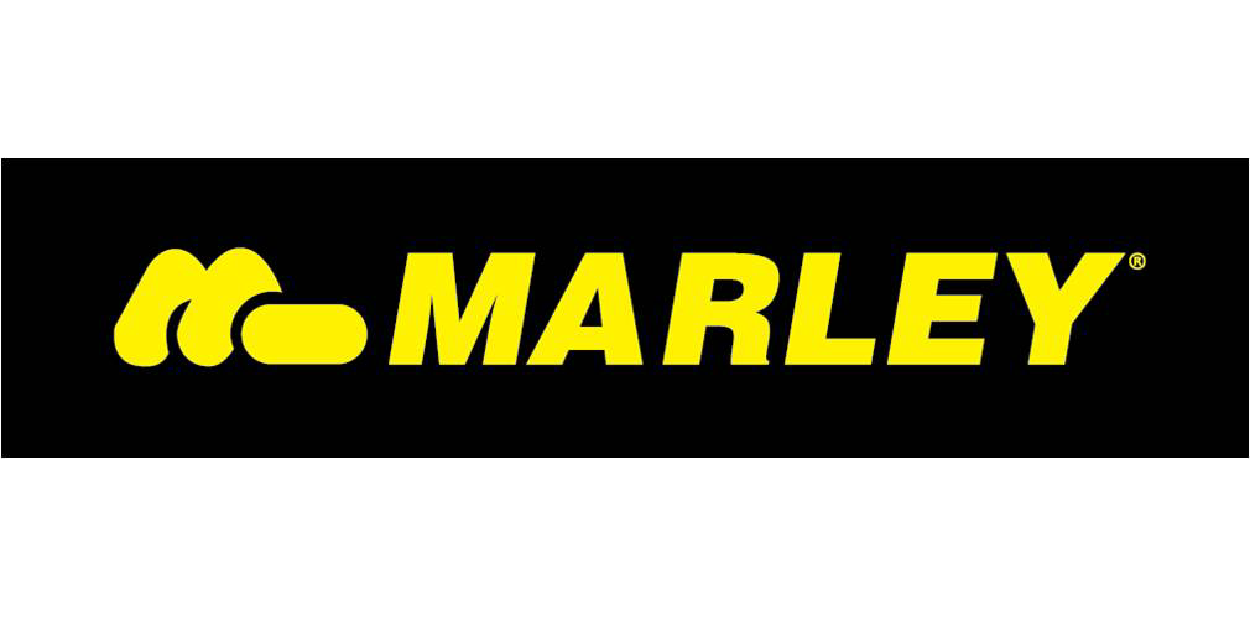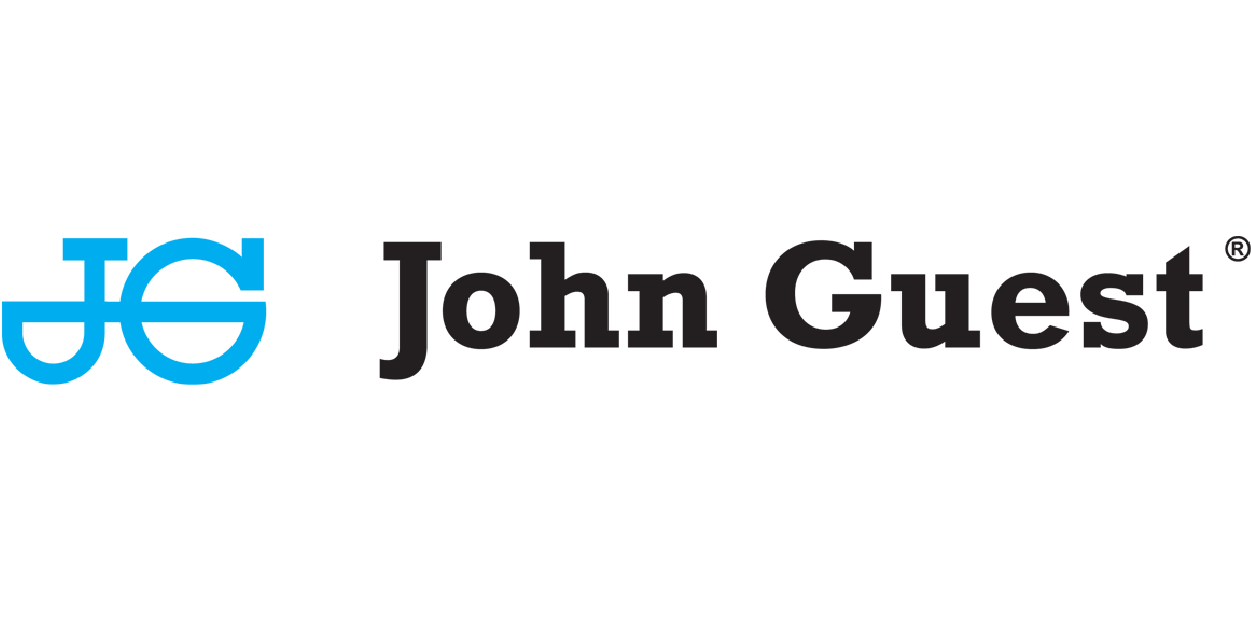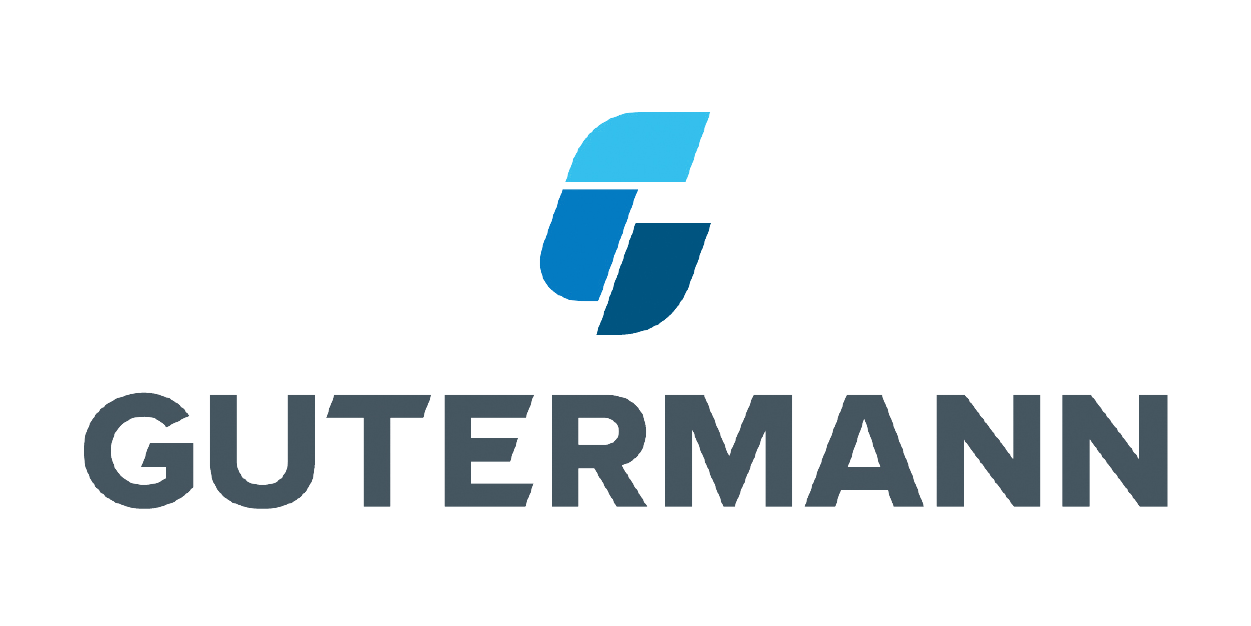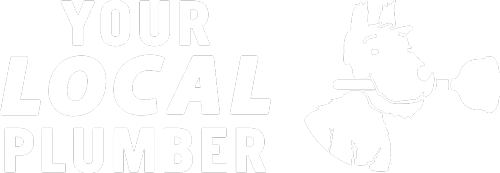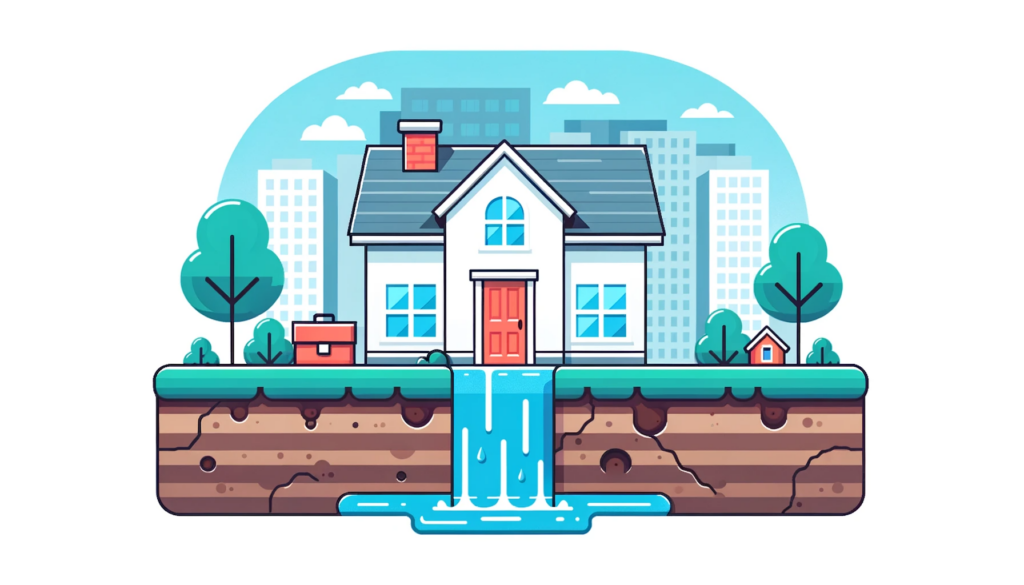
Call Today 09 973 4973 or
Key Areas of Gas Safety Education
- Recognising Gas Leaks: Educate occupants on how to recognise the signs of a gas leak, including the smell of added odorants (similar to rotten eggs), the sound of hissing or whistling near gas lines, and the sight of dead vegetation around gas pipes. Understanding these signs is crucial for early detection and response.
- Emergency Procedures: Clearly outline the steps to take in the event of a gas leak or fire, emphasising the importance of evacuating the area immediately and contacting emergency services or the gas utility provider. Ensure that all occupants know how to shut off the gas supply if it is safe to do so.
- Safe Use of Gas Appliances: Provide guidance on the safe operation of gas appliances, including cookers, heaters, and boilers. This includes following the manufacturer’s instructions, ensuring adequate ventilation, and never using outdoor appliances indoors.
- Carbon Monoxide Awareness: Since carbon monoxide is odourless and colourless, educate occupants on the importance of installing carbon monoxide detectors, recognising symptoms of carbon monoxide poisoning (such as headaches, dizziness, and nausea), and responding to detector alarms.
- Maintenance and Safety Checks: Stress the importance of regular professional inspections and maintenance of gas appliances and systems to ensure they are in good working order and safe to use. Encourage occupants to report any issues with gas appliances or installations to a licensed gas fitter promptly.
Implementing Gas Safety Education
- Information Sessions: Hold regular information sessions or workshops for occupants, covering key gas safety topics. These sessions can be tailored to the specific needs and risks of the environment, whether it’s a residential complex, a school, or a commercial building.
- Safety Materials: Distribute safety materials, such as brochures, flyers, and checklists, that provide essential gas safety information and emergency procedures. Consider creating digital versions of these materials for easy access and distribution.
- Interactive Training: Utilise interactive training methods, such as online courses or simulations, to engage occupants in learning about gas safety. This can be particularly effective in commercial or industrial settings where specific training on gas safety procedures is required.
- Regular Reminders: Send out regular reminders via email, newsletters, or community bulletins to keep gas safety top of mind for all occupants. These reminders can include tips on gas safety, updates on maintenance schedules, and reminders about the importance of carbon monoxide detectors.
Engagement and Feedback
Encourage feedback and engagement from occupants on gas safety initiatives. This can help identify areas for improvement, gauge the effectiveness of educational efforts, and foster a culture of safety where everyone feels responsible for preventing gas-related incidents.
By prioritising education on gas safety, New Zealand can ensure that its citizens are well-informed and prepared to handle gas safely, reducing the risk of accidents and enhancing the overall safety of communities. This education is a shared responsibility, requiring the involvement of gas service providers, local authorities, and the occupants themselves.
Creating a Culture of Safety
- Leadership Involvement: In any organisation or residential complex, leadership should actively promote gas safety. By demonstrating a commitment to safety protocols and education, leaders can influence the entire community to take gas safety seriously.
- Safety Champions: Appoint safety champions among occupants or staff members who can lead by example, provide peer-to-peer education, and act as points of contact for gas safety concerns. These individuals can play a pivotal role in maintaining a focus on safety practices.
- Incentivise Safety: Offer incentives for proactive safety actions, such as reporting potential gas hazards or participating in safety training sessions. Recognition programs can also highlight individuals or teams that contribute significantly to gas safety.
Tools for Ongoing Education and Awareness
- Digital Platforms: Utilise digital platforms, such as websites, social media, or dedicated apps, to share gas safety tips, educational videos, and updates on safety regulations. These platforms can reach a wide audience quickly and provide accessible information on demand.
- Safety Signage: Install clear, visible safety signage near gas appliances and shut-off valves. These signs can include instructions for safe operation, emergency shut-off procedures, and warnings about the signs of gas leaks or carbon monoxide presence.
- Emergency Drills: Regularly conduct emergency drills that simulate gas leak and fire scenarios. These drills can reinforce the importance of evacuation procedures and ensure that occupants are familiar with how to respond in an actual emergency.
- Feedback Mechanisms: Establish mechanisms for occupants to provide feedback on gas safety initiatives and report concerns or suggestions. This could include surveys, suggestion boxes, or online forums. Feedback is crucial for identifying areas for improvement and ensuring that safety measures meet the community’s needs.
Engaging with Professional Services
- Expert Sessions: Invite licensed gas fitters or representatives from the gas utility provider to conduct sessions on gas safety. These experts can offer valuable insights into the latest safety technologies, regulatory changes, and best practices for maintaining gas systems.
- Collaboration with Emergency Services: Work with local fire departments and emergency services to provide joint training sessions or informational workshops. Their expertise in responding to gas emergencies can offer practical advice and strengthen the community’s preparedness.
Continuous Learning and Adaptation
Gas safety education is not a one-time event but a continuous process that evolves with technological advancements, changes in regulations, and the introduction of new appliances and systems. Staying informed and adaptable ensures that education programs remain relevant and effective.
- Regular Program Reviews: Periodically review and update educational programs to reflect any changes in gas safety practices, technology, or regulations.
- Adapt to Technological Changes: As new gas safety technologies become available, incorporate information about these technologies into educational materials and sessions.
By implementing these strategies and tools, New Zealand can enhance its gas safety education efforts, creating informed and prepared communities capable of preventing gas-related incidents and responding effectively to emergencies. This comprehensive approach to education and awareness is key to fostering a culture of safety that protects individuals and property alike.
Suppliers
